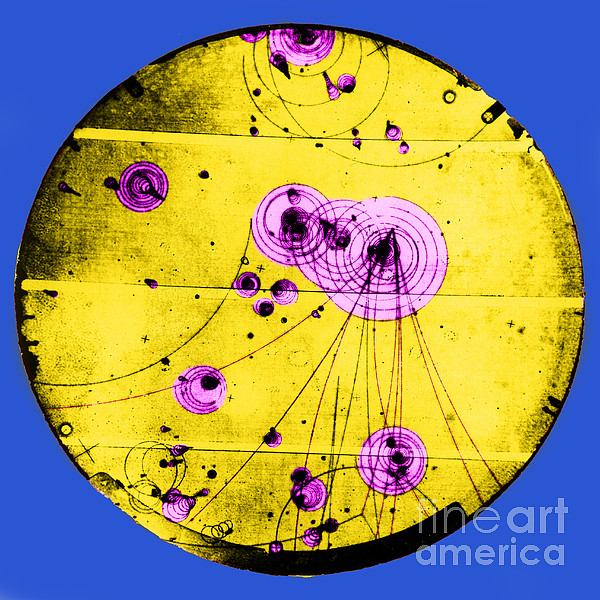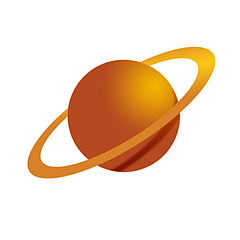Use code RJTJFG for 20% off at checkout. Until 5/31/20


Boundary: Bleed area may not be visible.

The watermark at the lower right corner of the image will not appear on the final product.

by Omikron
$54.00
This product is currently out of stock.
Size
Orientation
Image Size
Product Details
You'll never run out of power again! If the battery on your smartphone or tablet is running low... no problem. Just plug your device into the USB port on the top of this portable battery charger, and then continue to use your device while it gets recharged.
With a recharge capacity of 5200 mAh, this charger will give you 1.5 full recharges of your smartphone or recharge your tablet to 50% capacity.
When the battery charger runs out of power, just plug it into the wall using the supplied cable (included), and it will recharge itself for your next use.
Design Details
This image of a proton-photon collision was obtained with a bubble chamber at the Stanford Linear Accelerator Center (SLAC), showing the collision... more
Dimensions
1.80" W x 3.875" H x 0.90" D
Ships Within
1 - 2 business days

Photograph

Canvas Print

Framed Print

Art Print

Poster

Metal Print

Acrylic Print

Wood Print

Greeting Card

iPhone Case

Throw Pillow

Duvet Cover

Shower Curtain

Tote Bag

Round Beach Towel

Zip Pouch

Beach Towel

Weekender Tote Bag

Portable Battery Charger

Bath Towel

Apparel

Coffee Mug

Yoga Mat

Spiral Notebook

Fleece Blanket

Tapestry

Jigsaw Puzzle

Sticker
This image of a proton-photon collision was obtained with a bubble chamber at the Stanford Linear Accelerator Center (SLAC), showing the collision between an hydrogen nucleus (proton) and a high-energy photon. The collision has taken place in the area at center right; the track of the photon is not visible because only charged particles leave tracks in a bubble chamber. Nine particles (in red) are seen branching from the collision site heading towards the bottom of the image. The tight spirals scattered in the frame are electrons whose trajectories are strongly curved by the magnetic field of the bubble chamber. The high-energy photon was produced by allowing SLAC's 2-mile electron beam to strike a target, releasing the photon. Designed as a 20-Bev. machine, the 21 Bev. accelerator also exceeded its design intensity of 50 milliamperes on the weekend of December 7th, 1968.
$54.00


There are no comments for Proton-photon Collision. Click here to post the first comment.